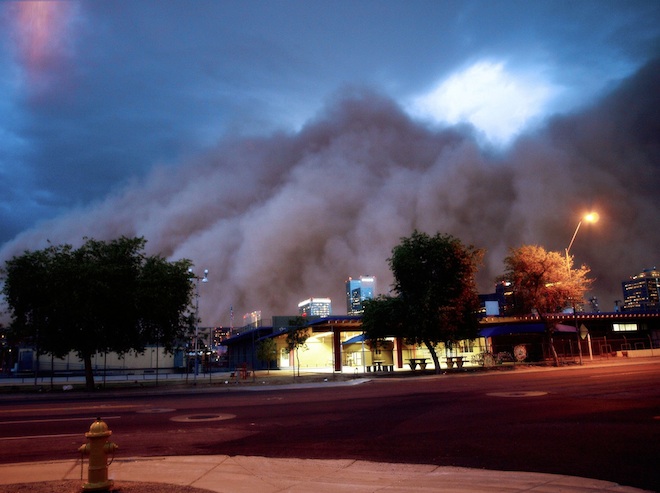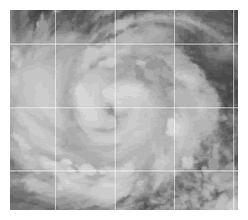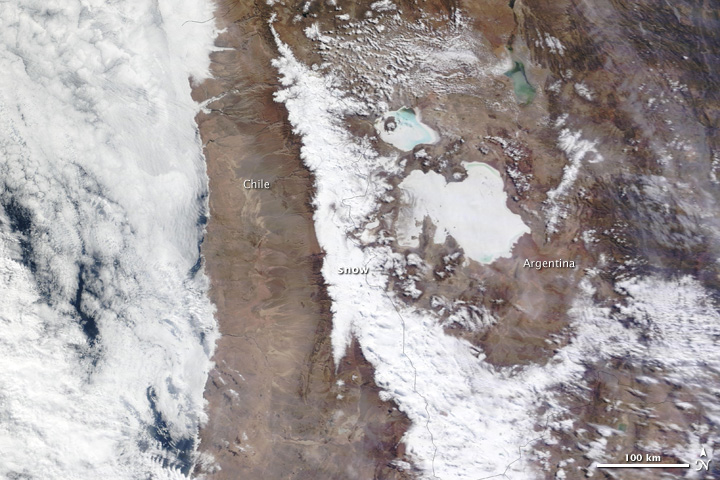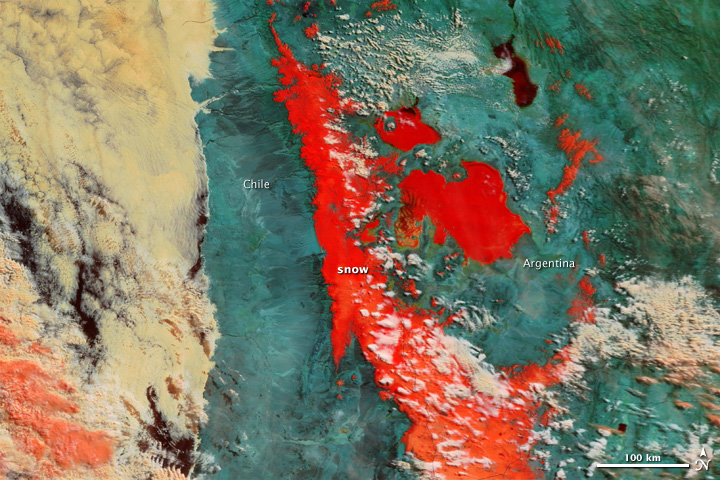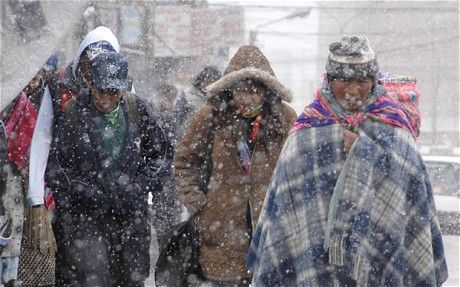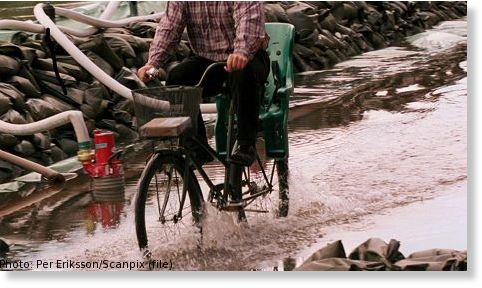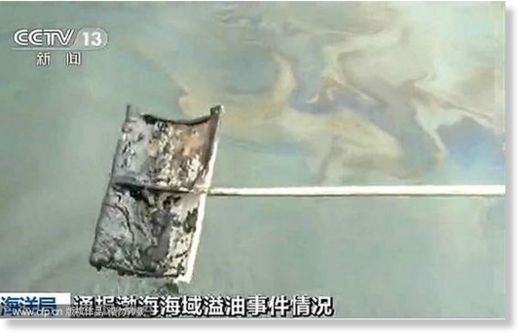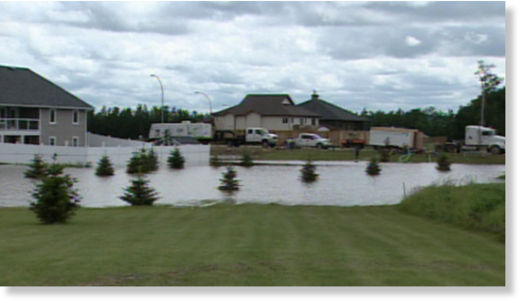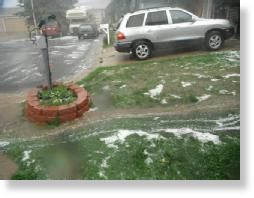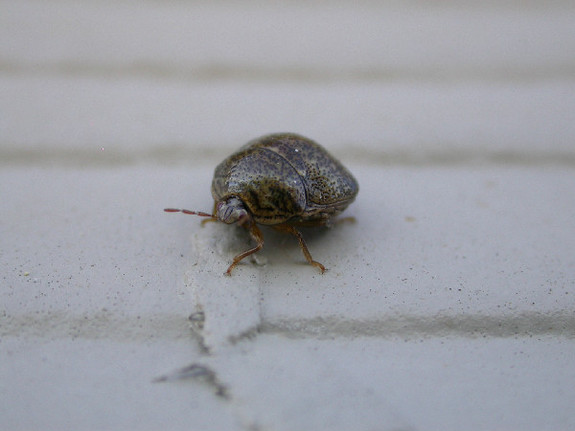
The kudzu bug, known formally as Megacopta cribraria, is a type of stinkbug that feeds the kudzu vine in its native Asia. While the invading vine is its favorite meal, the bug also attacks soybeans, and as it spreads from Georgia to neighboring states, there are fears it will broaden its palate and target other legume crops, including peanuts.
Kudzu was brought to the East Coast more than a century ago to control erosion. Its quick growth wreaked havoc on the ecosystem: It smothers and strangles other plants, uproots trees and breaks branches with its weight. The bug appears to have hitched a ride by accident much more recently. Just how remains a mystery.
